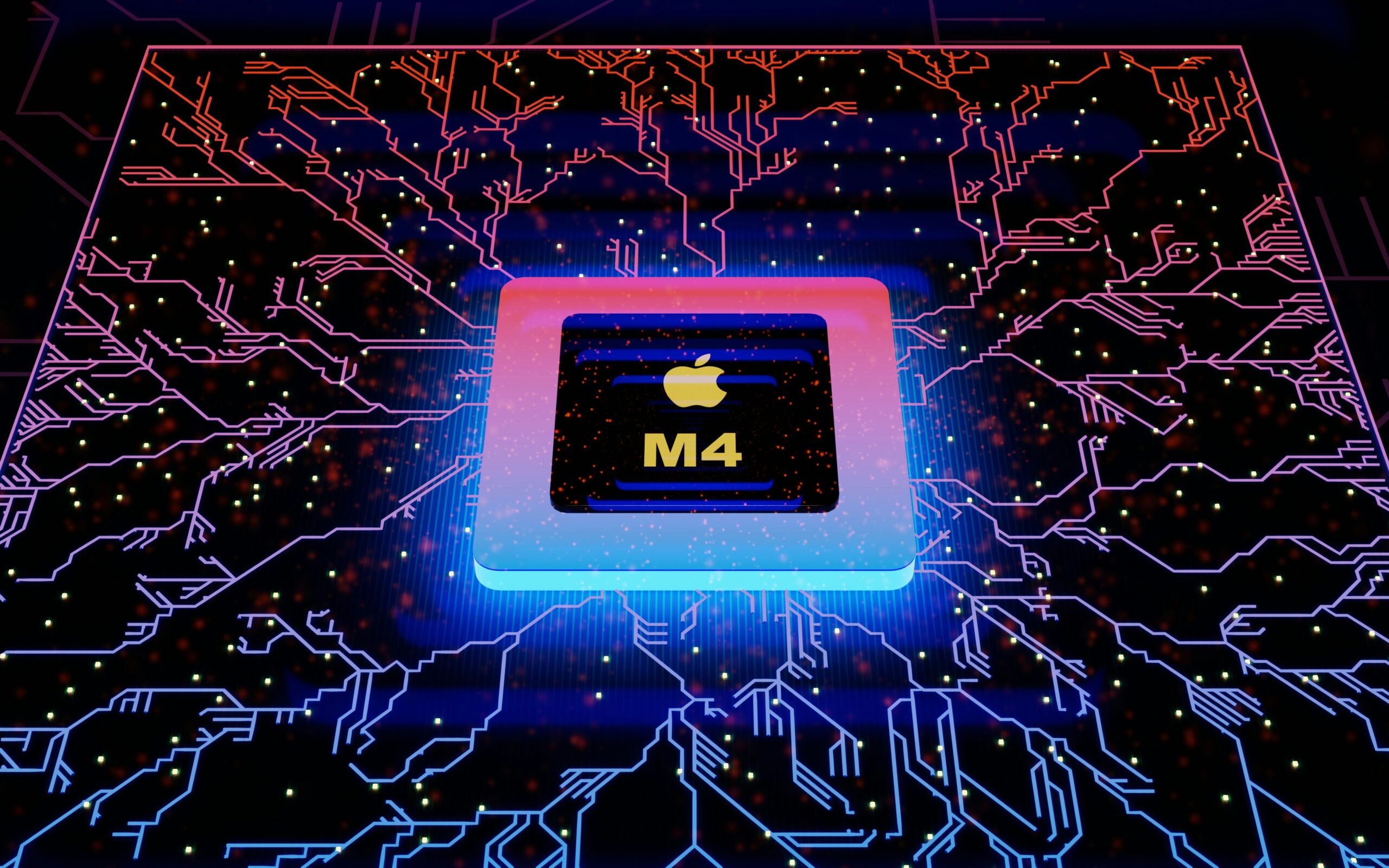In the rapidly evolving landscape of business technology, SMS-iT stands out as a beacon of innovation with its groundbreaking microservices ecosystem. This platform is not just a collection of tools; it represents a paradigm shift in how businesses can leverage technology to streamline operations, enhance customer engagement, and drive growth. By unifying CRM, ERP, and over 60 microservices, SMS-iT empowers organizations to automate, optimize, and scale every facet of their operations seamlessly.
The result is a cohesive, intelligent ecosystem that replaces outdated stacks and fragmented applications, allowing businesses to focus on what truly matters: their customers. The beauty of SMS-iT’s microservices ecosystem lies in its adaptability and intelligence. Each microservice is designed to perform a specific function, yet they all work harmoniously within the larger framework.
This modular approach not only simplifies integration but also enhances the overall efficiency of business processes. Entrepreneurs and business leaders can now access sophisticated automation capabilities that were once the exclusive domain of large enterprises. With SMS-iT, the power to acquire customers, close deals, and retain clients is at your fingertips, making it easier than ever to grow predictable revenue.
Key Takeaways
- SMS-iT has developed a robust microservices ecosystem to enhance its software architecture and improve its overall performance.
- The evolution of SMS-iT’s microservices architecture has allowed for greater flexibility, scalability, and agility in its software development and deployment processes.
- The microservices ecosystem has provided SMS-iT with numerous benefits, including improved fault tolerance, easier communication between services, and enhanced security measures.
- Scalability plays a crucial role in SMS-iT’s microservices ecosystem, allowing the company to efficiently handle increased workloads and adapt to changing demands.
- SMS-iT has implemented effective measures for managing communication between microservices, ensuring seamless interaction and data exchange within the ecosystem.
The Evolution of SMS-iT’s Microservices Architecture
The journey of SMS-iT’s microservices architecture has been one of continuous improvement and innovation. Initially conceived as a solution to the challenges posed by traditional monolithic systems, SMS-iT has evolved into a robust platform that embraces the principles of microservices. This evolution was driven by the need for greater flexibility, scalability, and resilience in business operations.
As organizations faced increasing demands for rapid adaptation to market changes, SMS-iT recognized the necessity of an architecture that could support these dynamic requirements. Over time, SMS-iT has refined its microservices architecture to ensure that each component is not only independent but also capable of communicating effectively with others. This evolution has been marked by the integration of advanced technologies such as Agentic AI, which enhances decision-making processes and automates complex tasks.
The result is a platform that not only meets the current needs of businesses but is also poised for future growth and innovation. By continuously iterating on its architecture, SMS-iT ensures that it remains at the forefront of technological advancements, providing users with a competitive edge in their respective industries.
The Benefits of a Microservices Ecosystem for SMS-iT
The benefits of adopting a microservices ecosystem are manifold, particularly for businesses leveraging SMS-iT. One of the most significant advantages is the ability to deploy updates and new features independently across different services without disrupting the entire system. This agility allows businesses to respond swiftly to market demands and customer feedback, ensuring they remain competitive in an ever-changing landscape.
Moreover, the modular nature of microservices means that organizations can scale specific functions as needed, optimizing resource allocation and reducing operational costs. Another key benefit is enhanced collaboration among teams. With SMS-iT’s microservices architecture, different teams can work on various components simultaneously without stepping on each other’s toes.
This fosters a culture of innovation and experimentation, as teams can test new ideas and implement changes quickly. Additionally, the clear separation of services allows for easier troubleshooting and maintenance, reducing downtime and improving overall system reliability. By harnessing these benefits, businesses can achieve outcomes that were once only attainable by larger enterprises, all while saving time and cutting costs.
The Role of Scalability in SMS-iT’s Microservices Ecosystem
Scalability is a cornerstone of SMS-iT’s microservices ecosystem, enabling businesses to grow without being hindered by their technology infrastructure. As organizations expand their operations or experience fluctuations in demand, the ability to scale services up or down becomes crucial. SMS-iT’s architecture is designed with this flexibility in mind, allowing businesses to allocate resources dynamically based on real-time needs.
This means that whether you’re experiencing a surge in customer inquiries or launching a new product line, SMS-iT can adapt accordingly. Furthermore, scalability in SMS-iT’s ecosystem is not just about handling increased workloads; it’s also about optimizing performance. By distributing tasks across multiple microservices, SMS-iT ensures that no single component becomes a bottleneck.
This leads to improved response times and enhanced user experiences, which are vital for customer satisfaction and retention. In an age where speed and efficiency are paramount, SMS-iT’s scalable architecture empowers businesses to meet customer expectations while maintaining operational excellence.
How SMS-iT Manages Communication Between Microservices
Effective communication between microservices is essential for the seamless operation of SMS-iT’s ecosystem. To facilitate this interaction, SMS-iT employs a variety of protocols and technologies that ensure data flows smoothly between services. This includes RESTful APIs, message queues, and event-driven architectures that allow services to communicate asynchronously.
By leveraging these methods, SMS-iT can maintain high levels of performance while ensuring that each microservice operates independently yet cohesively within the larger system. Moreover, SMS-iT prioritizes reliability in its communication strategies. By implementing robust error-handling mechanisms and fallback procedures, the platform minimizes the risk of service disruptions due to communication failures.
This resilience is critical for maintaining business continuity and ensuring that users can rely on SMS-iT for their operational needs. As businesses increasingly depend on interconnected systems, SMS-iT’s approach to managing communication between microservices sets it apart as a leader in the field.
The Impact of Fault Tolerance on SMS-iT’s Microservices Ecosystem
Fault tolerance is a vital aspect of any robust microservices architecture, and SMS-iT excels in this area. By designing its ecosystem with fault tolerance in mind, SMS-iT ensures that individual service failures do not compromise the entire system’s functionality. This is achieved through redundancy measures and automated recovery processes that allow services to continue operating even when issues arise.
As a result, businesses can maintain high levels of service availability and reliability. The impact of fault tolerance extends beyond mere uptime; it also fosters trust among users. When businesses know they can rely on SMS-iT to deliver consistent performance even in challenging circumstances, they are more likely to invest in the platform for their long-term needs.
This trust translates into stronger customer relationships and increased loyalty, as clients appreciate the peace of mind that comes with knowing their operations are supported by a resilient system. In an era where downtime can lead to significant financial losses, SMS-iT’s commitment to fault tolerance positions it as an invaluable partner for businesses seeking stability and reliability.
Security Measures in Place for SMS-iT’s Microservices Ecosystem
In today’s digital landscape, security is paramount, especially for platforms like SMS-iT that handle sensitive business data. To safeguard its microservices ecosystem, SMS-iT implements a comprehensive suite of security measures designed to protect against potential threats. This includes robust authentication protocols, data encryption both at rest and in transit, and continuous monitoring for suspicious activity.
By prioritizing security at every level of its architecture, SMS-iT ensures that businesses can operate with confidence. Additionally, SMS-iT adheres to industry best practices and compliance standards to further enhance its security posture. Regular audits and assessments are conducted to identify vulnerabilities and implement necessary improvements proactively.
This commitment to security not only protects user data but also builds trust with clients who rely on SMS-iT for their operational needs. In an age where cyber threats are increasingly sophisticated, SMS-iT stands out as a platform that takes security seriously, providing peace of mind for businesses navigating the complexities of digital transformation.
Monitoring and Logging in SMS-iT’s Microservices Ecosystem
Effective monitoring and logging are critical components of maintaining a healthy microservices ecosystem like SMS-iT’s. By implementing comprehensive monitoring solutions, SMS-iT can track the performance of each microservice in real-time, identifying potential issues before they escalate into significant problems. This proactive approach allows businesses to maintain optimal performance levels while minimizing downtime and disruptions.
Logging plays an equally important role in understanding system behavior and diagnosing issues when they arise. SMS-iT employs advanced logging techniques that capture detailed information about service interactions and performance metrics. This data not only aids in troubleshooting but also provides valuable insights into user behavior and system usage patterns.
By leveraging this information, businesses can make informed decisions about resource allocation and service improvements, ultimately enhancing their overall operational efficiency.
The Future of SMS-iT’s Microservices Ecosystem
As technology continues to evolve at an unprecedented pace, so too does the future of SMS-iT’s microservices ecosystem. The platform is committed to staying ahead of industry trends by continuously innovating and expanding its capabilities. Future developments may include the integration of emerging technologies such as machine learning and advanced analytics, further enhancing the intelligence of the ecosystem.
Moreover, as more businesses recognize the value of automation and optimization, SMS-iT will play a pivotal role in shaping how organizations operate in the digital age. By providing an adaptable framework that can evolve alongside changing market demands, SMS-iT positions itself as a leader in the realm of business technology solutions. The future holds exciting possibilities for users who embrace this innovative platform as they navigate their own journeys toward growth and success.
Lessons Learned from Building and Maintaining a 60+ Microservices Ecosystem
Building and maintaining a robust microservices ecosystem like SMS-iT’s comes with its own set of challenges and lessons learned along the way. One key takeaway has been the importance of fostering a culture of collaboration among development teams. By encouraging open communication and knowledge sharing, teams can work together more effectively to address challenges and drive innovation.
Another lesson learned is the necessity of continuous improvement through iterative development processes. As new technologies emerge and user needs evolve, it’s crucial for platforms like SMS-iT to remain agile and responsive. Embracing feedback from users has been instrumental in refining services and ensuring they meet real-world demands effectively.
These lessons not only enhance the functionality of SMS-iT but also contribute to its reputation as a forward-thinking solution provider.
The Key Takeaways from SMS-iT’s Microservices Journey
In conclusion, SMS-iT’s journey through the development of its microservices ecosystem has been marked by innovation, resilience, and a commitment to excellence. From its inception as a solution to outdated technology stacks to its current status as a leader in business automation, SMS-iT has consistently demonstrated the power of microservices architecture in driving operational efficiency and growth. The key takeaways from this journey highlight the importance of scalability, fault tolerance, security measures, effective communication between services, and continuous improvement through monitoring and logging.
As businesses seek smarter ways to automate outcomes rather than merely relying on tools, SMS-iT stands ready to empower entrepreneurs with an intelligent platform designed for success. For those eager to experience these benefits firsthand, we invite you to try out SMS-iT’s 7-day free trial at https://www.smsit.ai today! Embrace the future of business automation with us—where complexity transforms into clarity!
FAQs
What is SMS-iT’s microservices ecosystem?
SMS-iT’s microservices ecosystem is a collection of over 60 individual microservices that work together to provide various functionalities for the SMS-iT platform. These microservices are designed to be independent, scalable, and loosely coupled, allowing for greater flexibility and agility in the development and deployment of the platform.
What are the benefits of having a 60+ microservices ecosystem?
Having a 60+ microservices ecosystem allows SMS-iT to achieve greater modularity, scalability, and resilience. Each microservice can be developed, deployed, and scaled independently, making it easier to maintain and update the platform. Additionally, the use of microservices enables SMS-iT to quickly adapt to changing business requirements and technological advancements.
How does SMS-iT manage its 60+ microservices ecosystem?
SMS-iT manages its 60+ microservices ecosystem using modern DevOps practices and tools. This includes continuous integration and continuous deployment (CI/CD), containerization with Docker, orchestration with Kubernetes, and monitoring with tools like Prometheus and Grafana. These practices and tools help SMS-iT ensure the reliability, performance, and security of its microservices ecosystem.
What are some examples of microservices in SMS-iT’s ecosystem?
Some examples of microservices in SMS-iT’s ecosystem include user authentication, message routing, message delivery, message tracking, billing and invoicing, reporting and analytics, and customer management. Each of these microservices is responsible for a specific aspect of the SMS-iT platform, and they work together to provide a seamless and efficient user experience.
How does SMS-iT ensure the security of its microservices ecosystem?
SMS-iT ensures the security of its microservices ecosystem through various measures, including access control, data encryption, API security, and regular security audits and assessments. Additionally, SMS-iT follows best practices for secure coding and regularly updates its microservices to address any security vulnerabilities.









